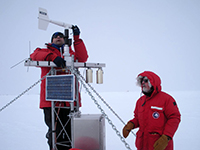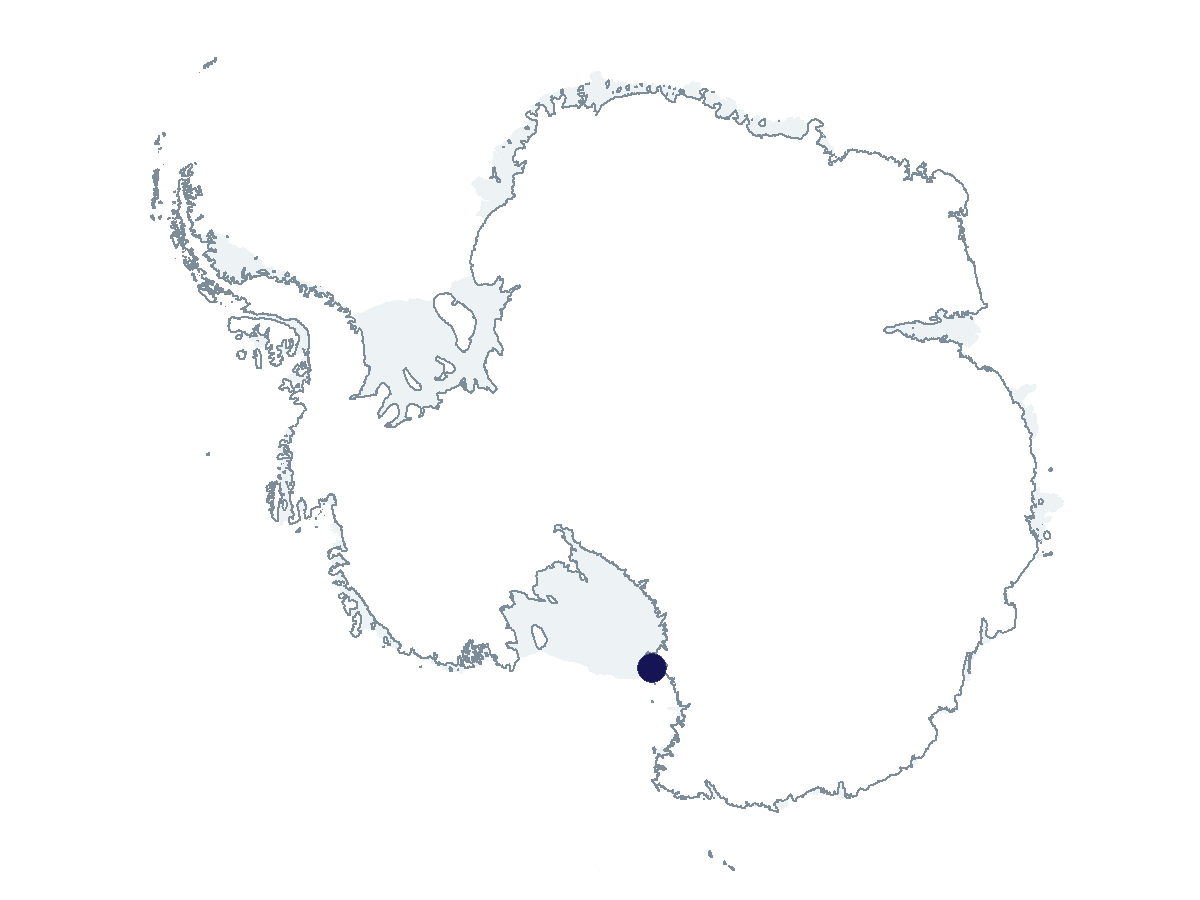2022-2023 USAP Field Season
Project Detail Project TitleCollaborative Research: Antarctic automatic weather station program Summary
Event Number:
Program Director:
ASC POC/Implementer: Principal Investigator(s)
Dr. Matthew Lazzara
Location
Supporting Stations: McMurdo Station DescriptionThe Antarctic Automatic Weather Station (AWS) network has been making meteorological observations since the early 1980s. This continent-wide network is positioned to observe significant meteorological events in real-time and increase our understanding of the climate of the Antarctic surface. The activities for this project will be focused on the care of the AWS network, the establishment of an advisory board, student engagement, and outreach activities. This project aims to continue to maintain and operate the AWS network. This effort will upgrade real-time AWS processing, evolve with changing data telemetry methods, continue the development of the Polar Climate and Weather Station to continue development of a robust version that can be reliably utilized year-round in Antarctica. The observations will be quality-controlled and placed into a database where the public will be able to search and select observations. A test system of different radiation shields (with and without aspiration) will be deployed for one year at South Pole Station. This is to resolve conflicting radiation shield bias corrections of historical data, but also to inform optimal setup for temperature observations going forward. The project will be advised by a group of peers with the development of an AWS Advisory Board. The team will engage the public with Antarctic weather and climate via scaled-up interactions with television meteorologists from several states. Field Season OverviewThis season, a team of two will deploy from late October to December to service the AWS stations on the Ross Ice Shelf (via Twin Otter) and in the Ross Island region (via helicopter). A second team of two will deploy from early December through early February to work on weather stations in West Antarctica via Twin Otter, as well as potentially assist O-400-M Cassano work at Siple Dome. AWS participants will also work on weather stations at Williams Field, Phoenix airfield, and Windless Bight, all accessed using land based transportation. In addition to servicing the AWS stations, the AWS team will make upgrades if time and resources allow. The team will also install a new server at McMurdo Station and work on the SDI-104 systems located at McMurdo Station. ASC Research Associate support is required throughout the year to monitor and maintain the McMurdo Station-based data systems. Deploying Team Members
|
2022-2023 Science Planning Summary



For USAP Participants |
For The Public |
For Researchers and EducatorsContact UsU.S. National Science FoundationOffice of Polar Programs Geosciences Directorate 2415 Eisenhower Avenue, Suite W7100 Alexandria, VA 22314 Sign up for the NSF Office of Polar Programs newsletter and events. Feedback Form |



